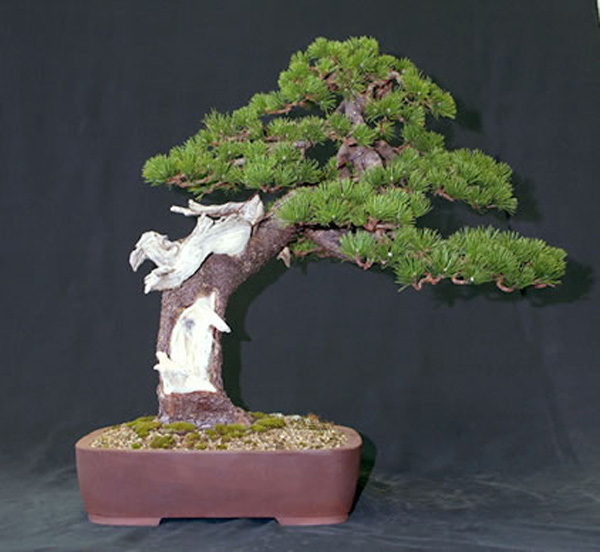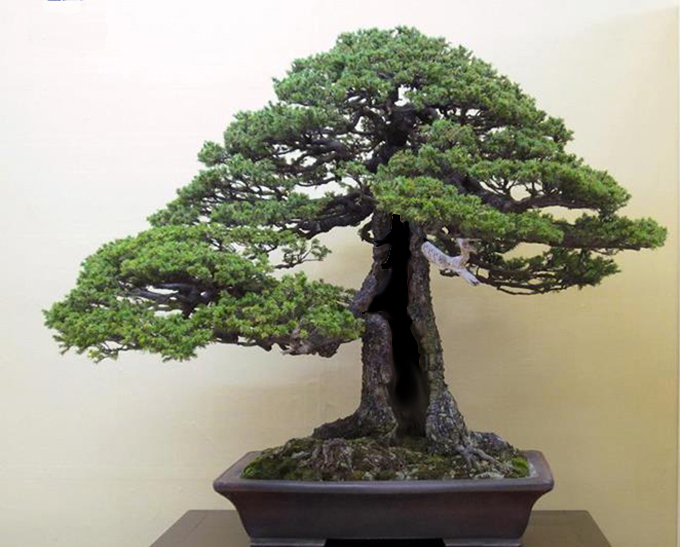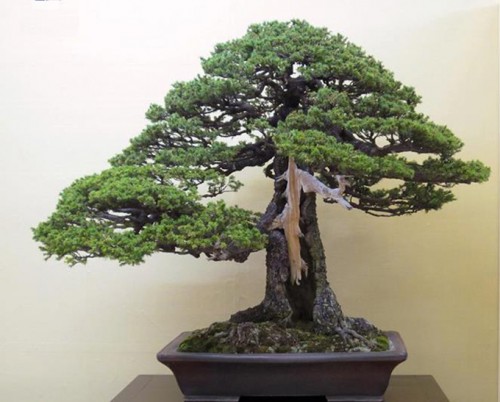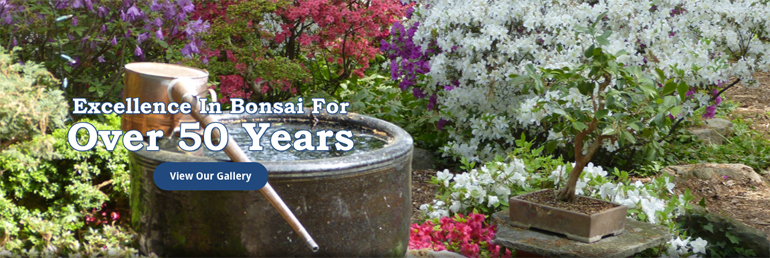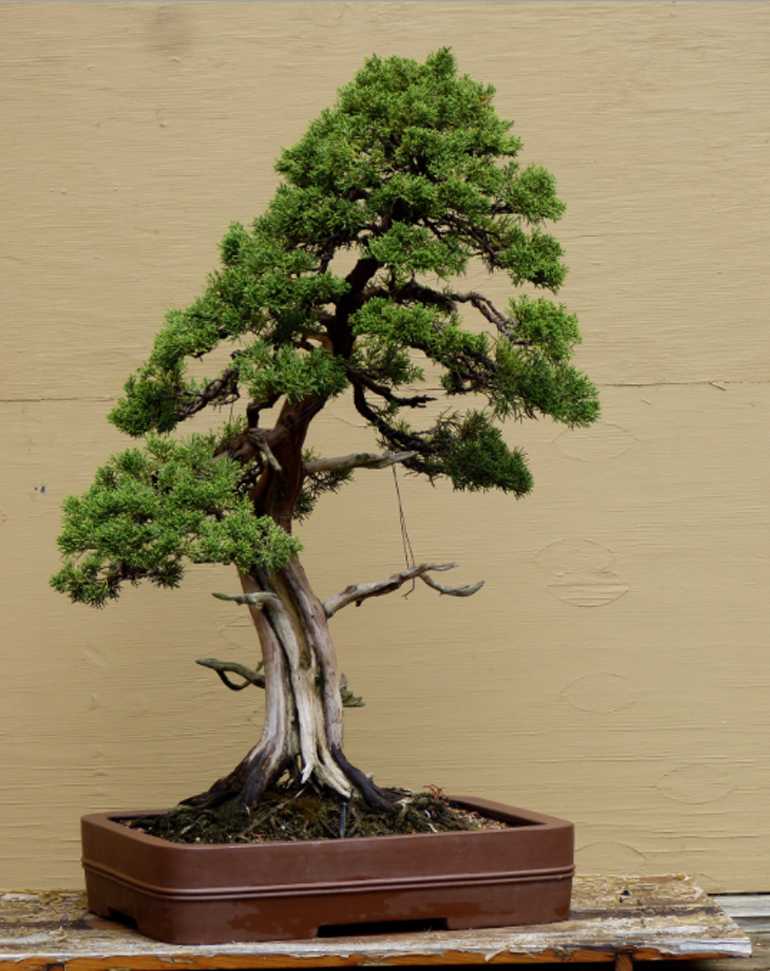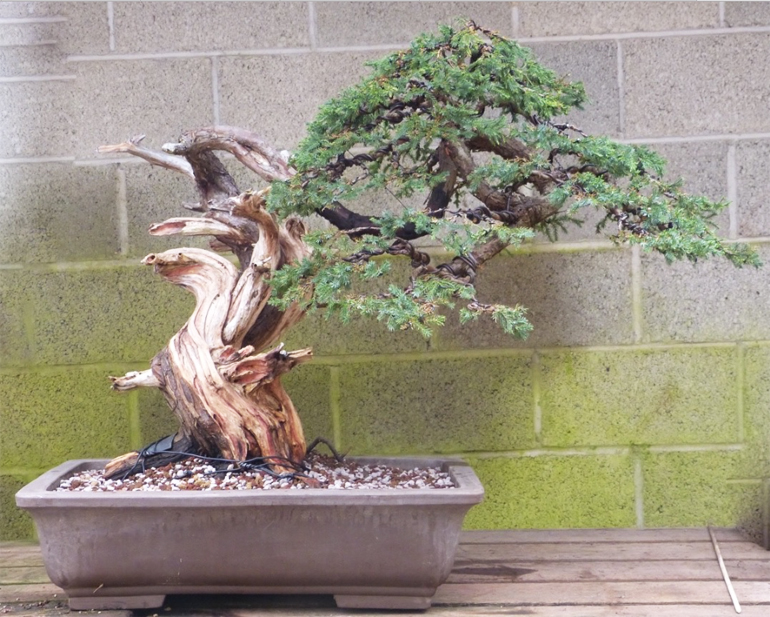Like most bonsai, this one has been wired (if you take a close look you'll see some wire). It's a collected California juniper by Warren Hill, from the gallery section of our Masters Series Juniper Book (now 25% off our already discounted prices).
It’s time to reach back into our archives once again (from May, 2013 with some changes).
Most bonsai are wired. In fact, bonsai that have been around for a long time may have been wired repeatedly. There are reasons for this, not the least of which is, it is often difficult to get decent results without wire.
Anodized aluminum wire is the most popular, at least here in the West (the other choice is copper, now 20% off). We offer both Japanese (Yoshiaki brand) and Chinese (Bonsai Aesthetics brand) anodized aluminum wire. Yoshiaki wire is a little stiffer than Bonsai Aesthetics wire. Stiffer means slightly more difficult to use, but better holding power.*
However, holding power* versus ease of use is not the whole story. There are at least two other things to consider: the price and the type of tree you are working on.
*Holding power general rules of thumb are: copper wire should be about 1/4th the diameter of the branch – aluminum should be 1/3 to 1/2 the diameter.. but as you know, general rules never apply to all cases, so some experimentation may be required.
Continued below…
Here's another one with visible wire. It's a Shimpaku that's from a chapter in our Masters' Series Juniper book, titled Keiko Tamaki's Deft Touch.
When it comes to price, Bonsai Aesthetics wire is hard to beat. It’s such a good deal that even though you have to use slightly heavier wire to get the same holding power, you still save money.
Types of trees can be broken down into four very general categories: conifers, deciduous trees, temperate zone broad leaf evergreens and tropicals. We’ll just skim the surface here and maybe dig a little deeper in future post.
Most conifers require stiffer wire than other trees, so copper works quite well (it’s the strongest and very good for heavy branches). However, many people eschew copper wire for the ease and lower cost of aluminum. If you use aluminum you’ll need a gauge that is much thicker than for copper.
Deciduous trees are usually wired with aluminum as are most temperate zone broad leaf evergreens (azaleas for example). Either Yoshi wire or Bonsai Aesthetics will work depending on the size of the branch and your preference.
Many types of tropicals are seldom wired, if at all. If you do have a tropical that you’d like to wire, we recommend Bonsai Aesthetics aluminum wire. Tropicals tend to grow so fast (especially in hot climates) that you’ll be taking it off not long after you put it on, so why spend the extra money?
At this point, I’d be well-served to borrow Michael Hagedorn’s disclaimer: “There are plenty of exceptions to everything I just said, which naturally makes blogging about bonsai a total disaster.”
Continued below…
All the photos in this post are from our Masters Juniper book and like all the books on our site, it is now 25% off (of our already discounted prices).
One good reason the best Japanese bonsai look more refined than most Western bonsai is because Japanese bonsai artists tend to wire all the way out to the tips of the smallest twigs.
Once the wire is on (copper in this case) it's time to bend. This photo and all the others in this post are from our Masters Series Juniper book.
Another good use for wire. If you want to prevent future mishaps, both small and large, it's an excellent idea to wire your tree into the pot.
3 Brand NEW Sales
 20% off Copper Bonsai Wire
20% off Copper Bonsai Wire
20% off Bonsai Embroidered Clothing
20% off Okatsune Bonsai & Garden Tools
plus our ongoing 25% off Book Sale
FREE Shipping on U.S. orders 100.00+
NEW Reduced Shipping rates
on all orders, overseas and domestic
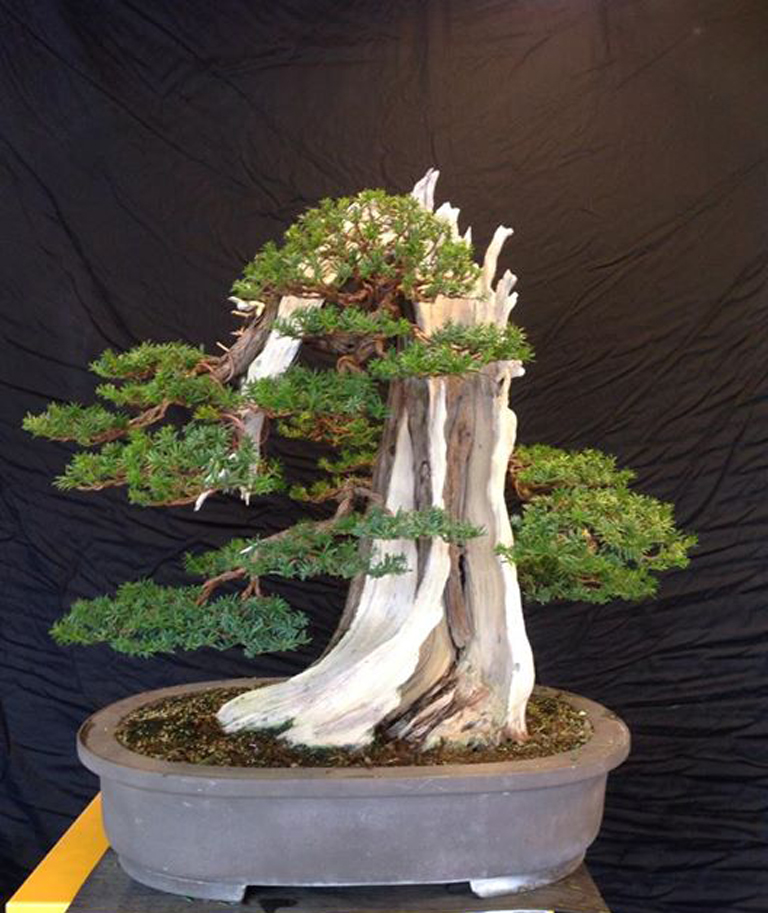
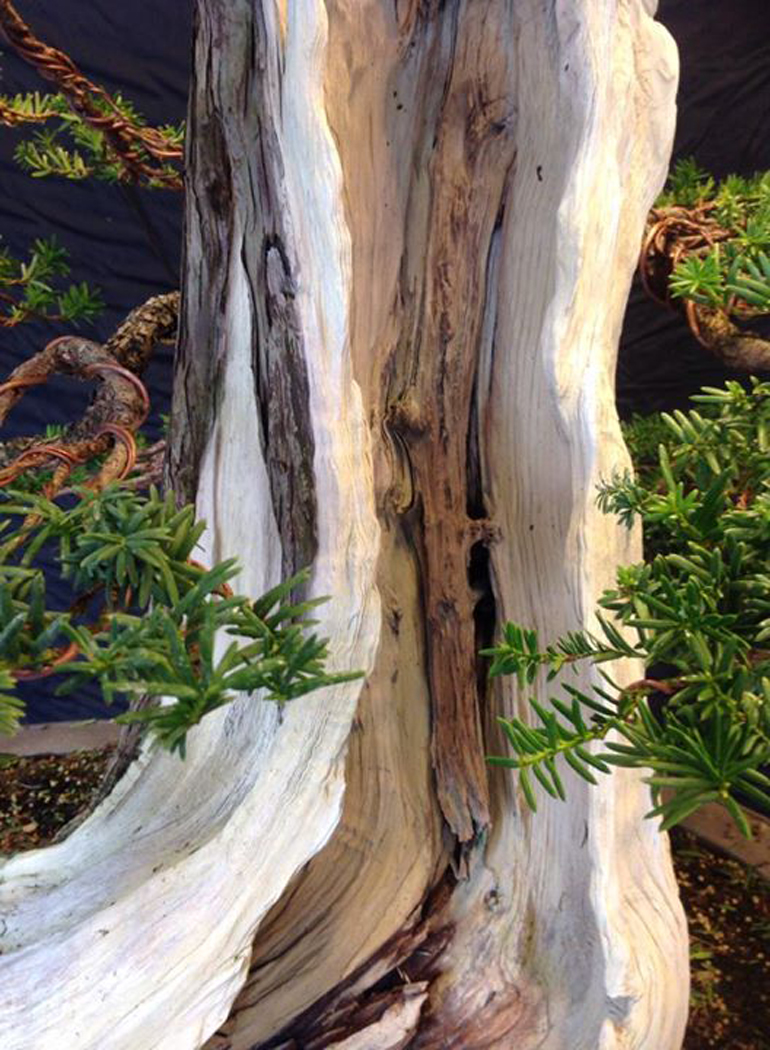


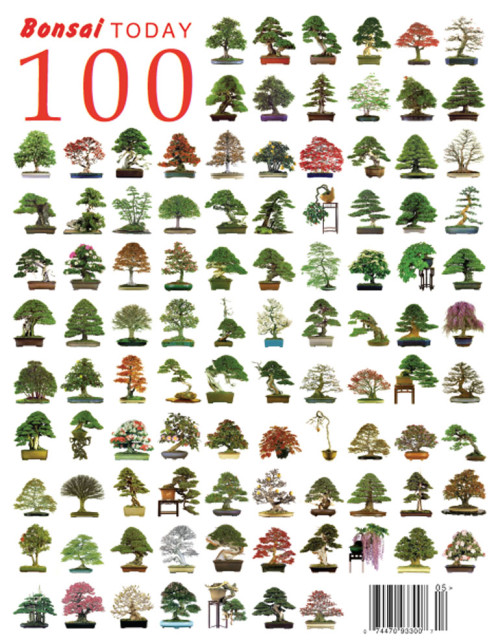
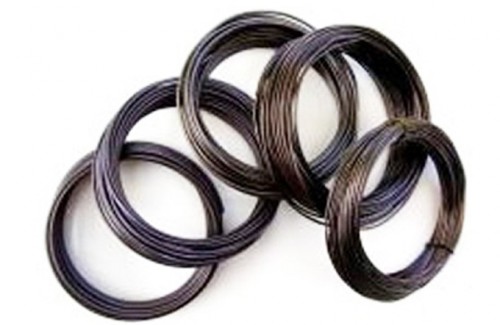
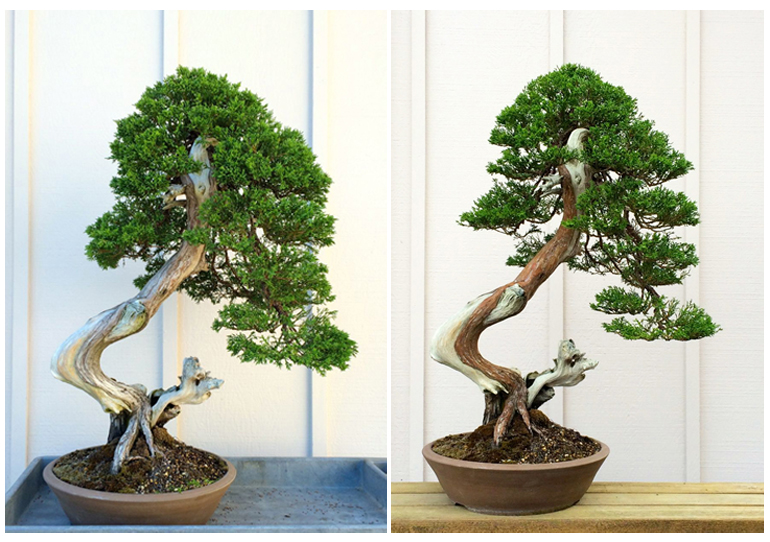
 It's a little hard to fathom that the tree above is the exact same variety as this low growing clump... but it is. Here's
It's a little hard to fathom that the tree above is the exact same variety as this low growing clump... but it is. Here's 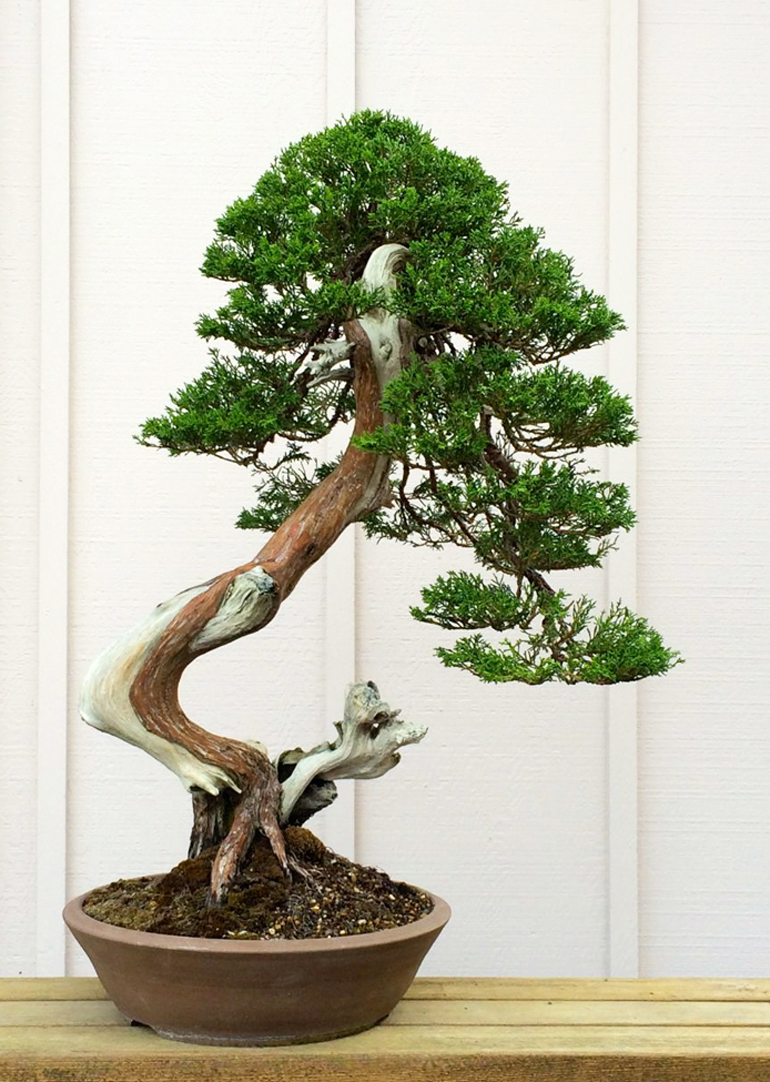
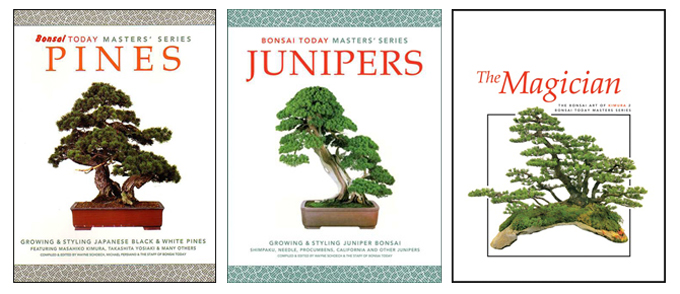
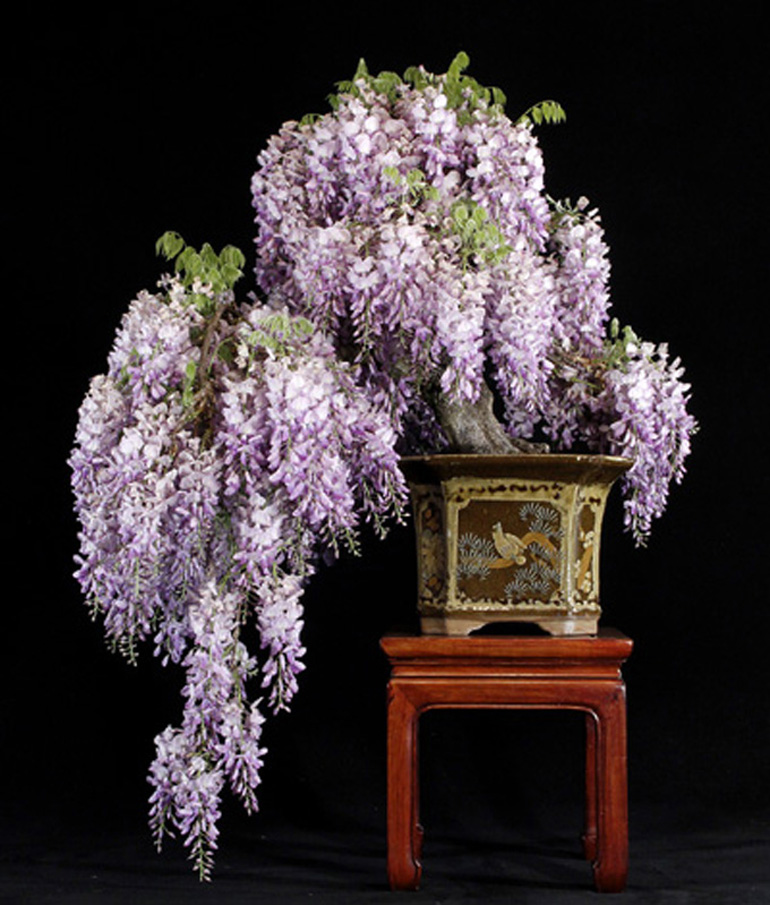 This wildly expressive Wisteria reminds me of exploding 4th of July fireworks. The photo is from Bill Valavanis‘ Classical Bonsai Art (out of print). The tree belongs to
This wildly expressive Wisteria reminds me of exploding 4th of July fireworks. The photo is from Bill Valavanis‘ Classical Bonsai Art (out of print). The tree belongs to  Picasso's (aka Dan Robinson's) now famous wild and wonderful Hinoki. It's from Will Hiltz' most excellent book,
Picasso's (aka Dan Robinson's) now famous wild and wonderful Hinoki. It's from Will Hiltz' most excellent book, 
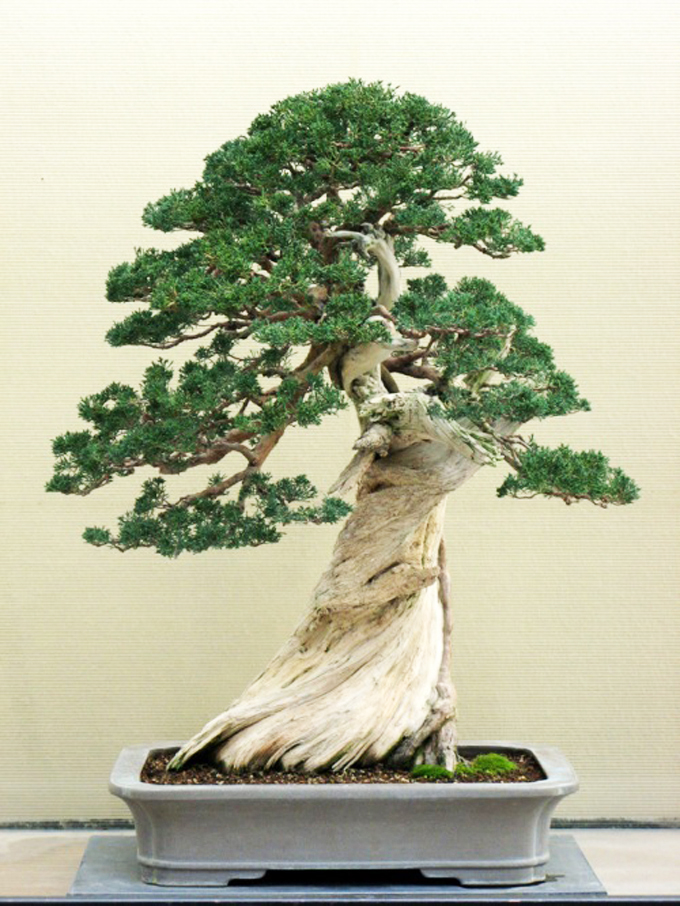
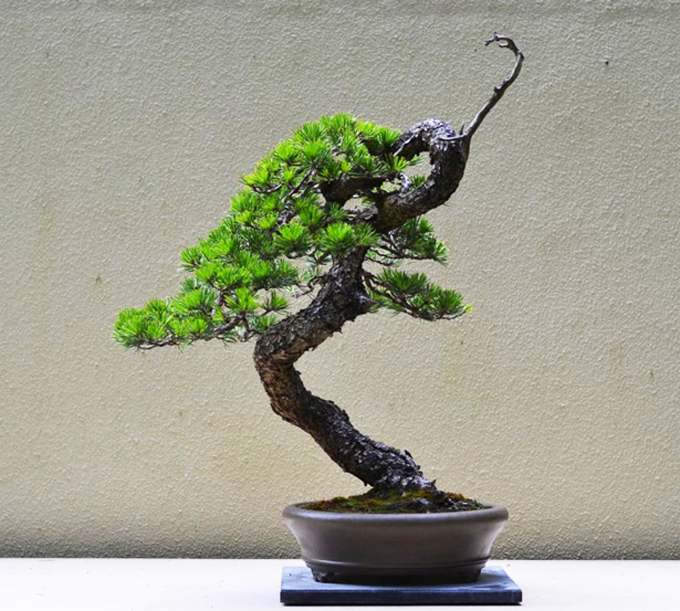
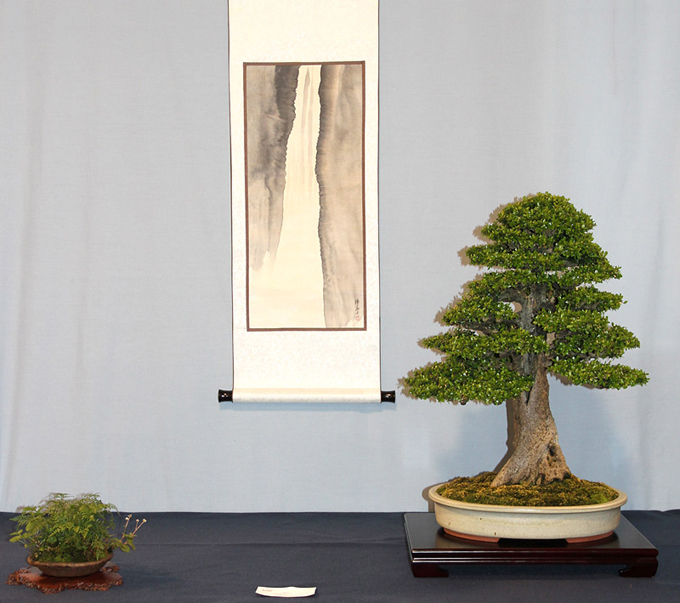
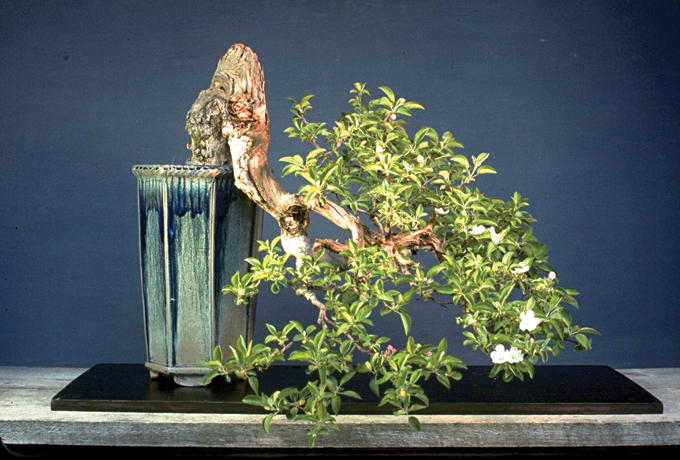
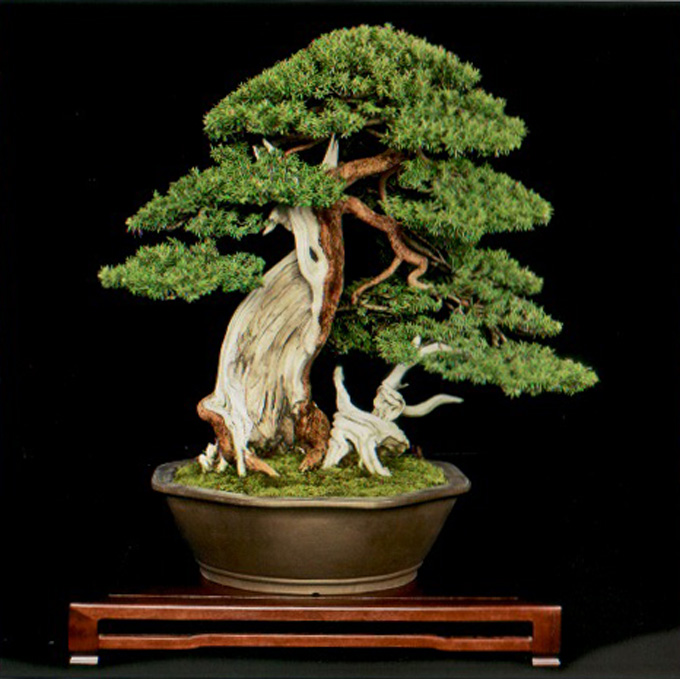
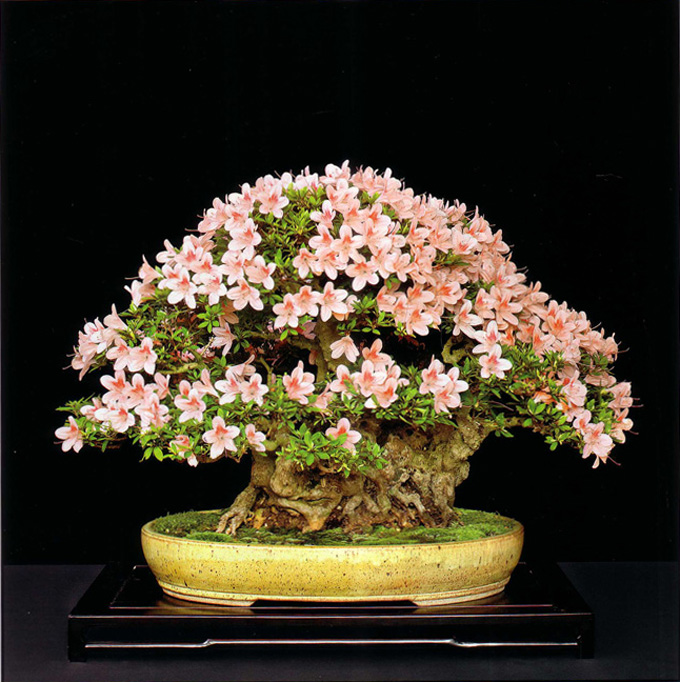

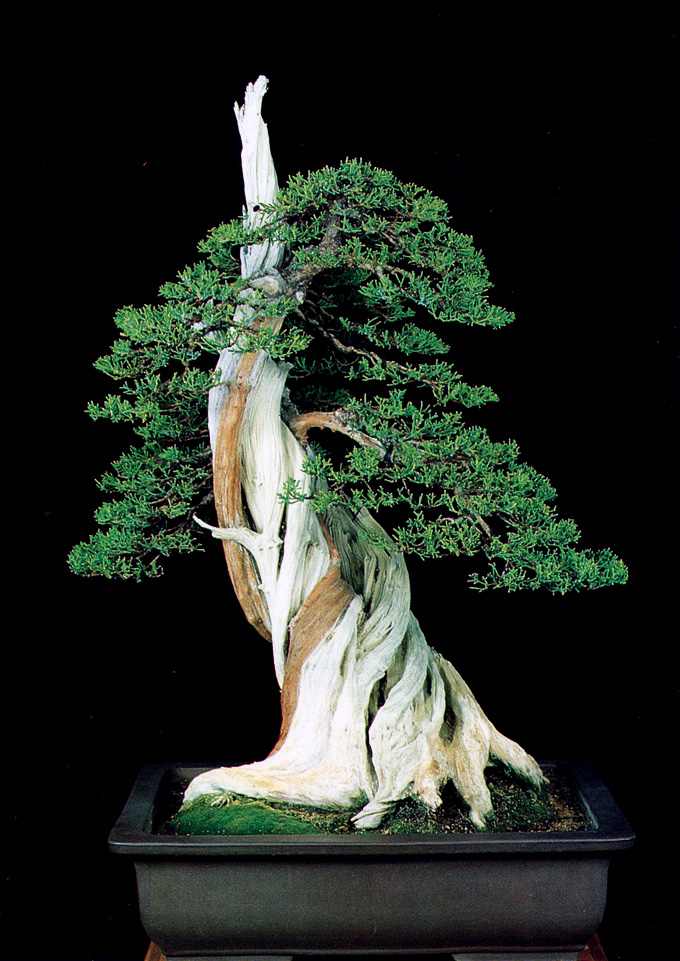
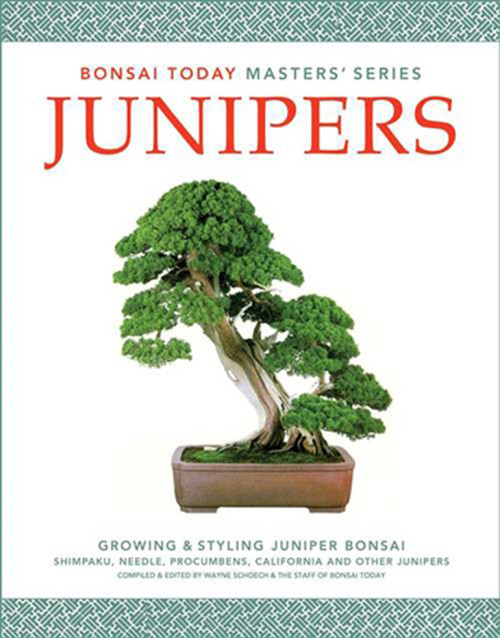


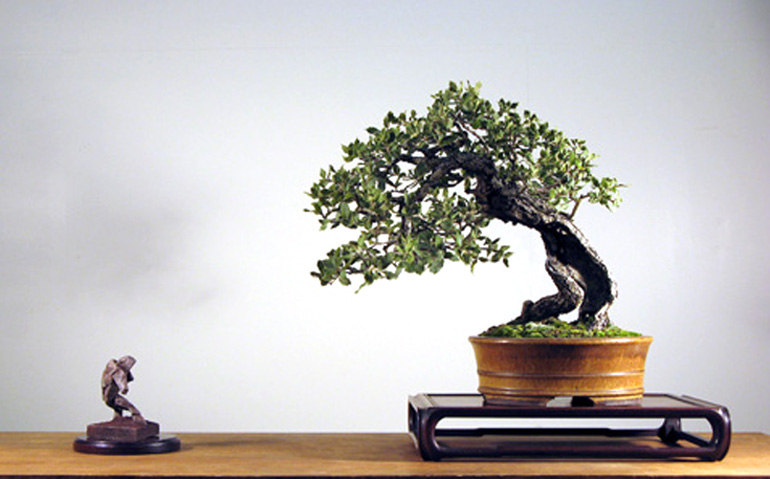 This tree is a Sonoran scrub live oak (Quercus turbinella). Michael Hagendorn says of this tree: "I collected this oak from a mountain range in eastern Arizona in 1999, at around 5,000 ft. It was growing much like old pines or junipers along rocky breaks, in a ‘captive root’ situation. There were fine roots in a pocket of soil on bedrock. I cut the anchor root, lifted the tree, and it went into a small box. The oak from the start was very vigorous, and one or two years later was in a bonsai pot. The photo is from 2008, prior to its trip to the National Bonsai Show. Accent is a small sculpture that I made in college. The container is from my past life as a potter." To see more of Michael’s trees,
This tree is a Sonoran scrub live oak (Quercus turbinella). Michael Hagendorn says of this tree: "I collected this oak from a mountain range in eastern Arizona in 1999, at around 5,000 ft. It was growing much like old pines or junipers along rocky breaks, in a ‘captive root’ situation. There were fine roots in a pocket of soil on bedrock. I cut the anchor root, lifted the tree, and it went into a small box. The oak from the start was very vigorous, and one or two years later was in a bonsai pot. The photo is from 2008, prior to its trip to the National Bonsai Show. Accent is a small sculpture that I made in college. The container is from my past life as a potter." To see more of Michael’s trees, 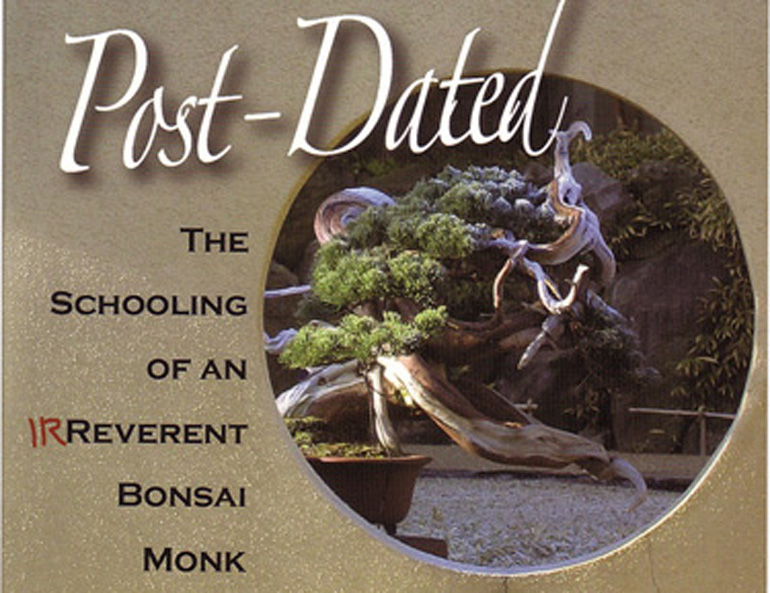 This cropped cover shot of Michael Hagedorn's
This cropped cover shot of Michael Hagedorn's  This stately
This stately 




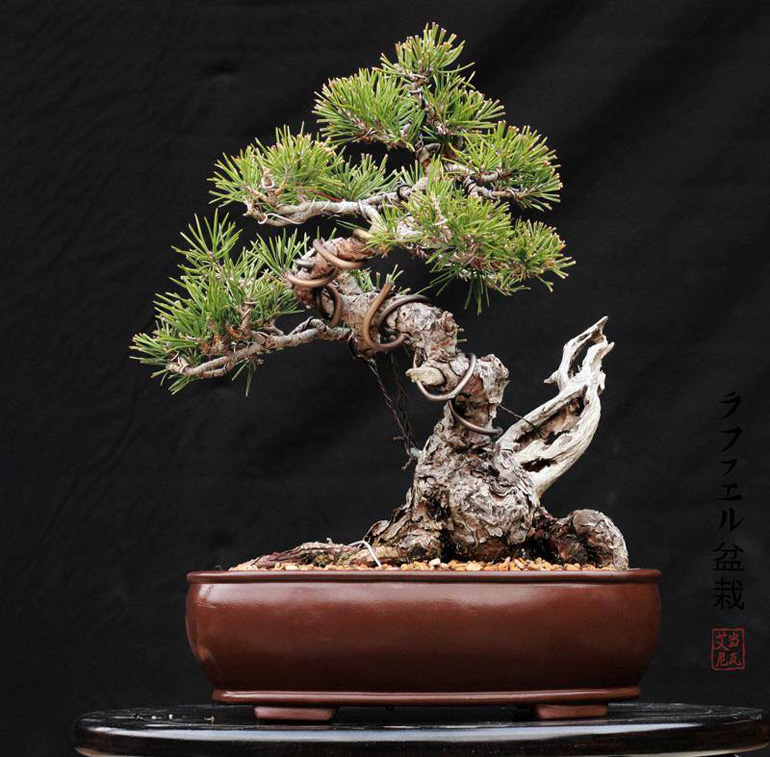
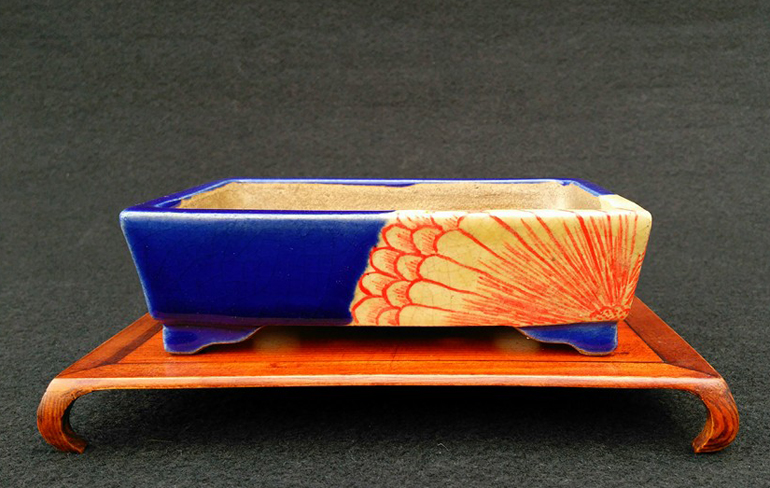
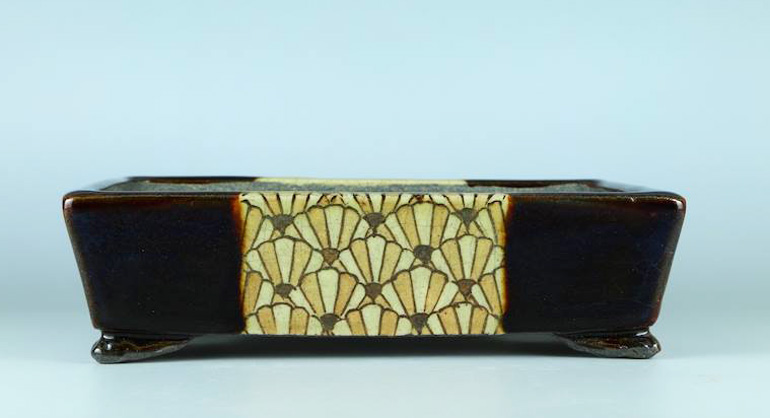
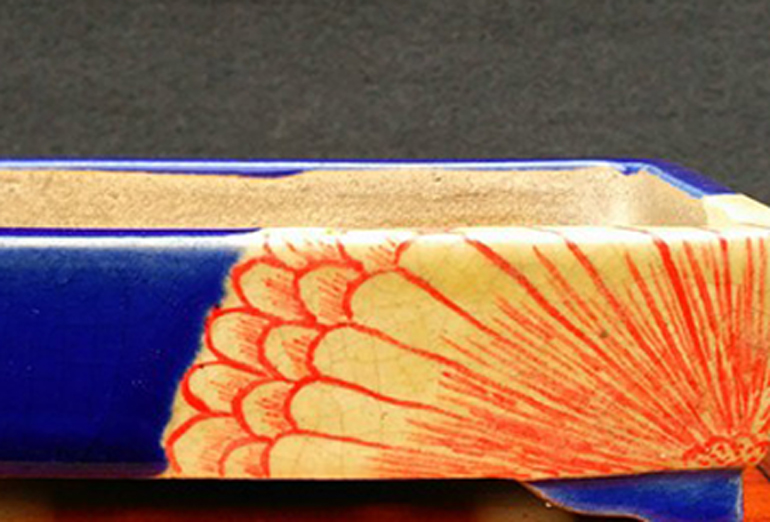
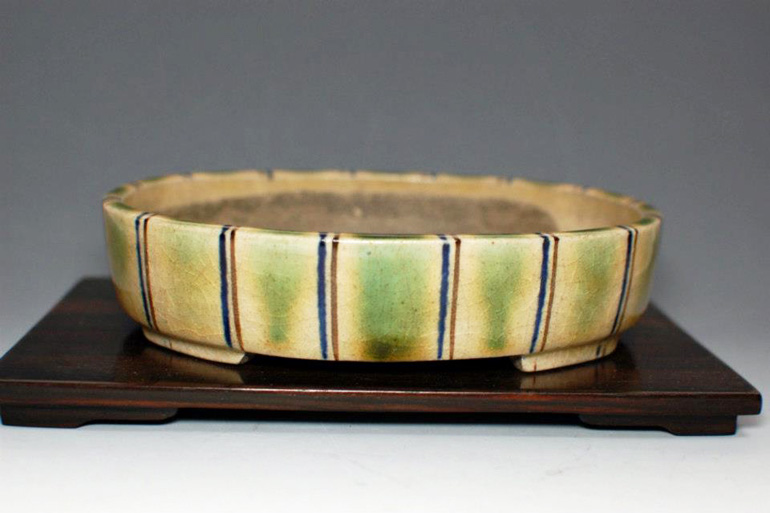

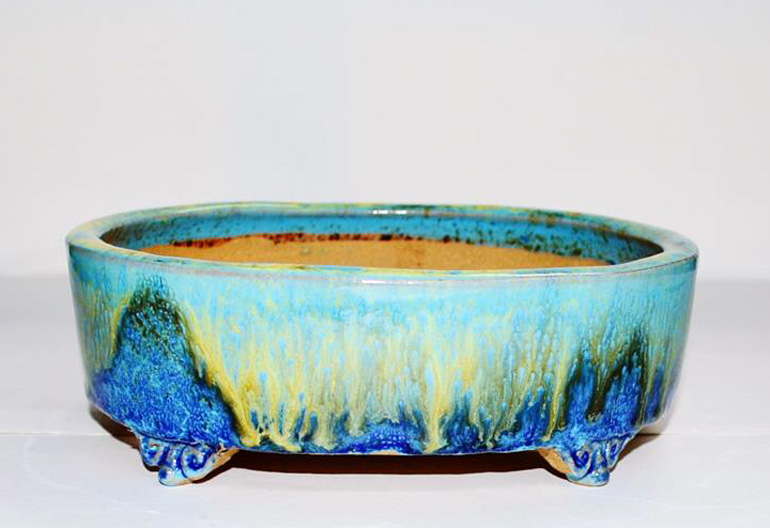
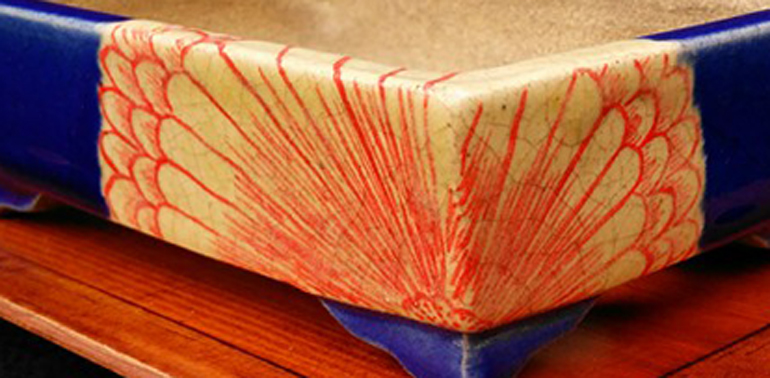
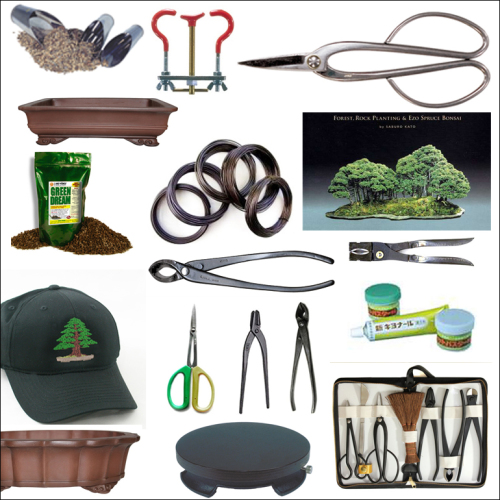
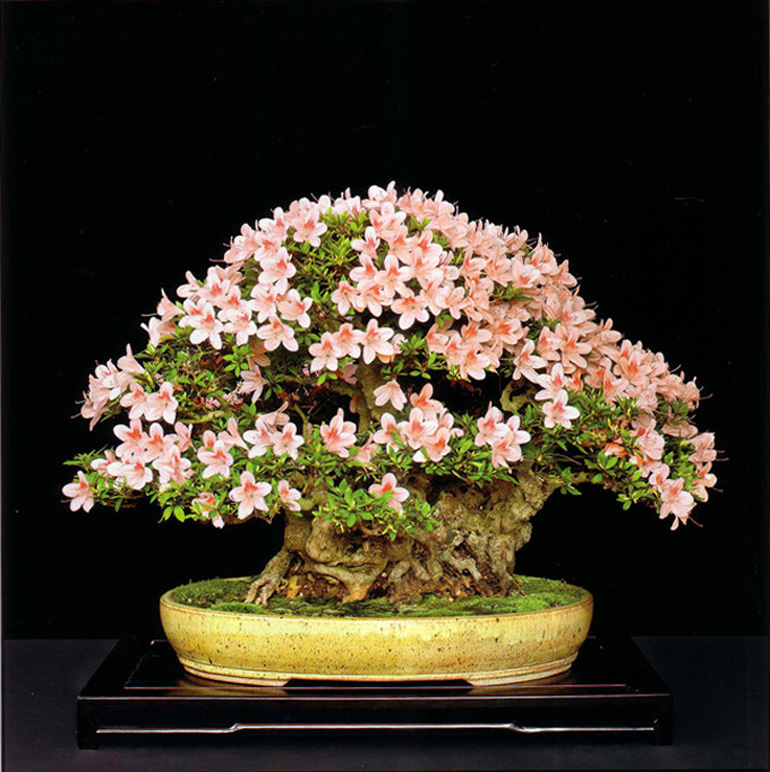 This old beauty is one of hundreds of quality bonsai that was featured at the 2nd U.S. National Bonsai Exhibition. It's a Nikko Satsuki Azalea that belongs to
This old beauty is one of hundreds of quality bonsai that was featured at the 2nd U.S. National Bonsai Exhibition. It's a Nikko Satsuki Azalea that belongs to 
